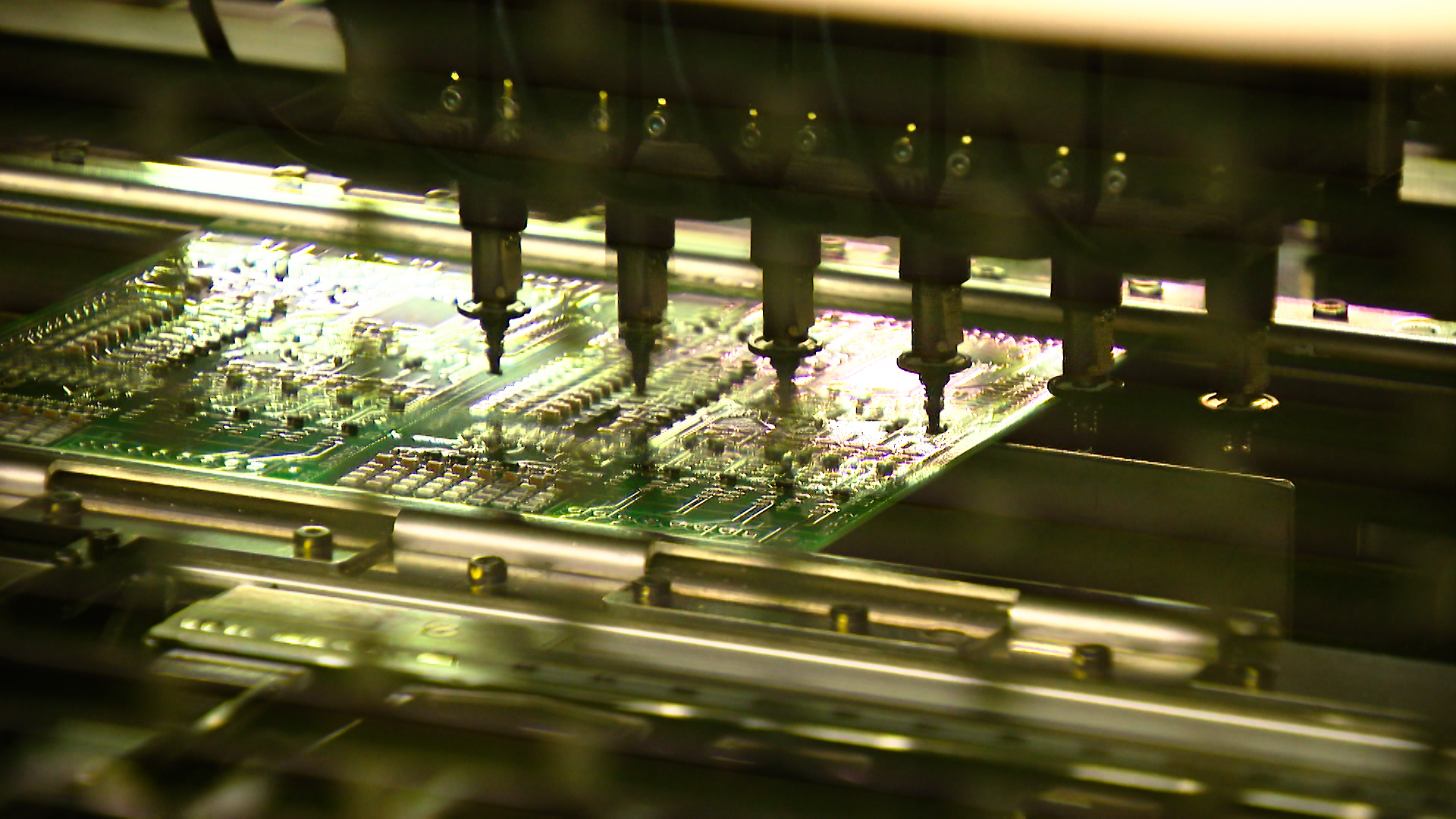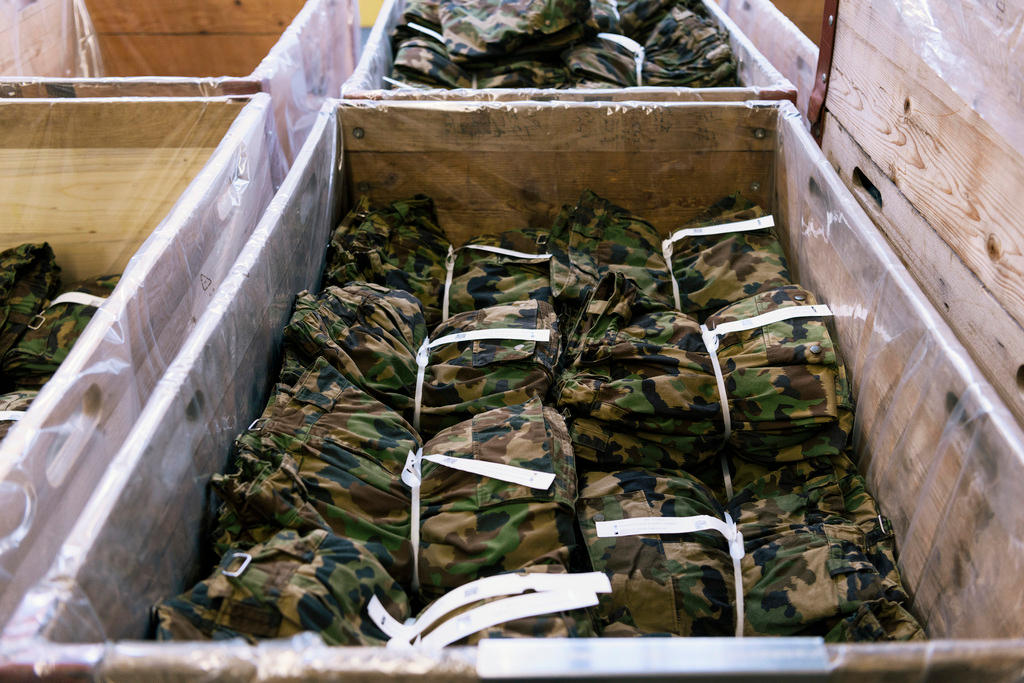US and Italy take lead in repatriating manufacturing

After years of offshoring, dozens of United States and European firms are making a U-turn by returning production back home, or moving it closer to home.
It’s a phenomenon known as back- or near-reshoring. An expert and representatives of two businesses explain what is behind the trend, which countries are most heavily involved and what effect it could have on jobs.
Glossary
Back-reshoring: transfer of production from the country where it was relocated to the parent company of the parent company, or assignment to a national supplier
Near-reshoring: transfer of production from the country where it was relocated to a homeowner’s closest home base, or to a supplier of a neighboring country
Luciano Fratocchi coordinates the Uni-CLUB MoRe Back-reshoring Research Group, an Italian inter-university research group focused on back- and near-reshoring strategies. It includes lecturers from the universities of Catania, L’Aquila, Udine, Bologna and Modena-Reggio Emilia. Over the past five years, this international body gathered data on hundreds of companies which, from the 1980s onwards, reshored some of their production to their home countries or reassigned it to third parties based there.
“Reshoring manufacturing is a phenomenon which we see happening consistently from the mid-1990s onwards, coinciding with the global economic crisis,” said Fratocchi, an associate professor at the University of L’Aquila. This was a crisis that imposed stringent cost controls on companies, while the US also initiated strategies to curb double-digit unemployment rates.
Above all, firms are reshoring production centres that had been outsourced to China. European companies are also returning from the Far East, while their US counterparts are making the move from Southeast Asia and India. The US and Italy are leading the way when it comes to reshoring, while Switzerland is only seeing occasional near-reshoring at the moment, according to Luca Albertoni, who directs canton Ticino’s chamber of commerce.
Reasons for returning
The cost of labour – frequently the only criterion taken into account when offshoring production – is also on the rise in countries far away from the parent company, increasing by up to 15% a year in China, for example. Savings on labour are no longer offsetting higher logistics and customs costs.
At the same time, consumers are more demanding. Closer proximity to production facilities allows greater quality control, better links between R&D and production divisions, faster delivery times, prompt customer support and an increasingly important factor – flaunting the “Made in…” label.
Falling unemployment
Reshoring manufacturing is doubtless good news for the countries to which production facilities are returning. It allows them to regain expertise, grow their GDP and improve their balance of trade.
The impact on employment is not the same everywhere. “In the US, the number of jobs created by back-reshoring in 2015 was equal to the number of jobs lost to offshoring in the same year,” Fratocchi said. “We haven’t reached this stage in Europe yet.”
It should be recognised, however, that reshoring is often done ‘defensively’ in countries like Italy in order to make use of existing production capacity. So it is more a question of how many jobs are being lost rather than how many are being created.
One factor that could favour reshoring in Switzerland is the rise of robots, according to Albertoni, as this makes some production phases simpler and more competitive “while not necessarily requiring staff to be replaced”.
Echoing these sentiments, Fratocchi believes automation often allows companies to return to countries with higher labour costs: “This is why it is not just financial incentives that are important” to reshoring companies “but also incentives to make the production process more innovative.”
Situation in Switzerland
There do not seem to be many cases of back-reshoring in Switzerland, but there is an upward trend in near-reshoring certain production phases that were once outsourced to Asia and that are now being transferred to Romania or Poland, said Albertoni.
It is still too early to say what effect the new and more stringent requirements governing the Swiss made label might have. They have certainly stimulated one sector already. Oliviero Pesenti, president of Ticino’s watchmaking industry association, said some of the brands his association represents have begun reshoring or are considering it particularly with their production of watch cases, since the movements alone are no longer enough to justify labelling the watch as ‘Swiss made’.
The lack of back-reshoring to Switzerland apparently depends on where different companies originate. The country tends to accommodate management teams and R&D divisions of multinational companies rather than the production side, and key sectors such as chemicals and pharmaceuticals outsourced less business in comparison to other countries and sectors.
Fratocchi, however, believes that “if they have gone offshore, they won’t be interested in returning immediately: relocating a chemical plant is a lot more complex than transferring clothing or footwear production.” The pharmaceutical industry, he said, is addressing the problem “especially as regards its primary activities. But studies show that it is one of the sectors least focused on reshoring.”
‘Reconstructing’ production
Reshoring does not always mean restoring abandoned factories or building new ones. “The reshoring phenomenon,” said Fratocchi, “often relies on third parties, in other words, back-reshoring production and entrusting it to local providers.”
In certain countries, it is more a case of reconstructing the manufacturing culture after years of development of the service sector. The US, for example, launched projects to adapt vocational and university training when it lacked the requisite expertise, particularly manual skills.
The UK, however, has increasingly opted for reshoring. This is why de-industrialisation is a problem, concludes Fratocchi, “but, with the right industrial policies and investment in training, we can at least mitigate it to a certain degree.”

In compliance with the JTI standards
More: SWI swissinfo.ch certified by the Journalism Trust Initiative




You can find an overview of ongoing debates with our journalists here. Please join us!
If you want to start a conversation about a topic raised in this article or want to report factual errors, email us at english@swissinfo.ch.